Adventures
April 30th 2021
This is a beautiful evening. No need for a heater tonight. I am probably done with the heater for the season. I made smores. I pay extra for the marshmallows with the chocolate injected in the middle.......less packing stuff in and less mess.
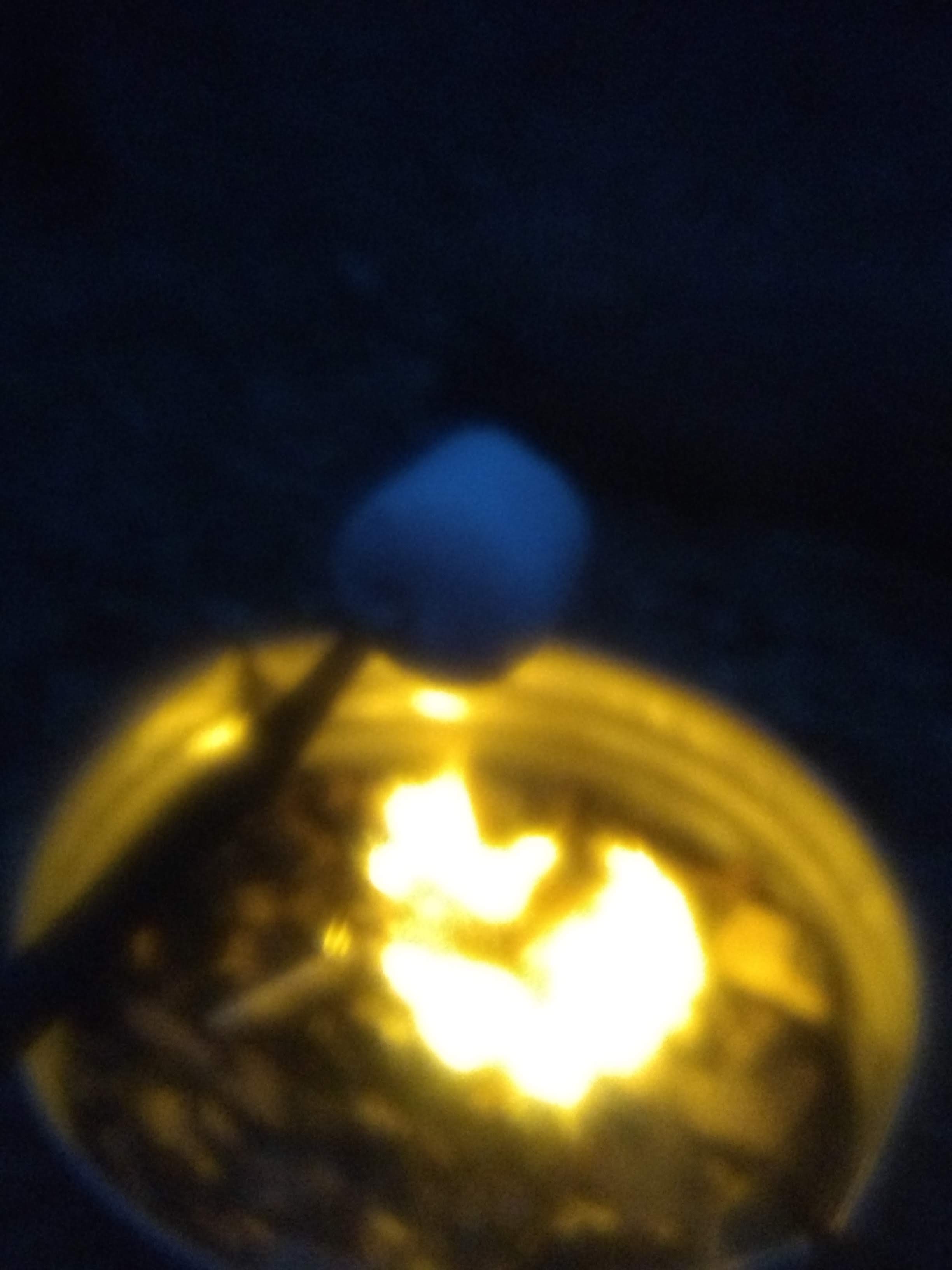
Smores
April 24th 2021
April 24th 2021
Off to dayhike to the 40. I have two jobs today. I need to sticker my duck boat (I got it registered). I also need to cut up a downed birch tree for fire pit furniture.
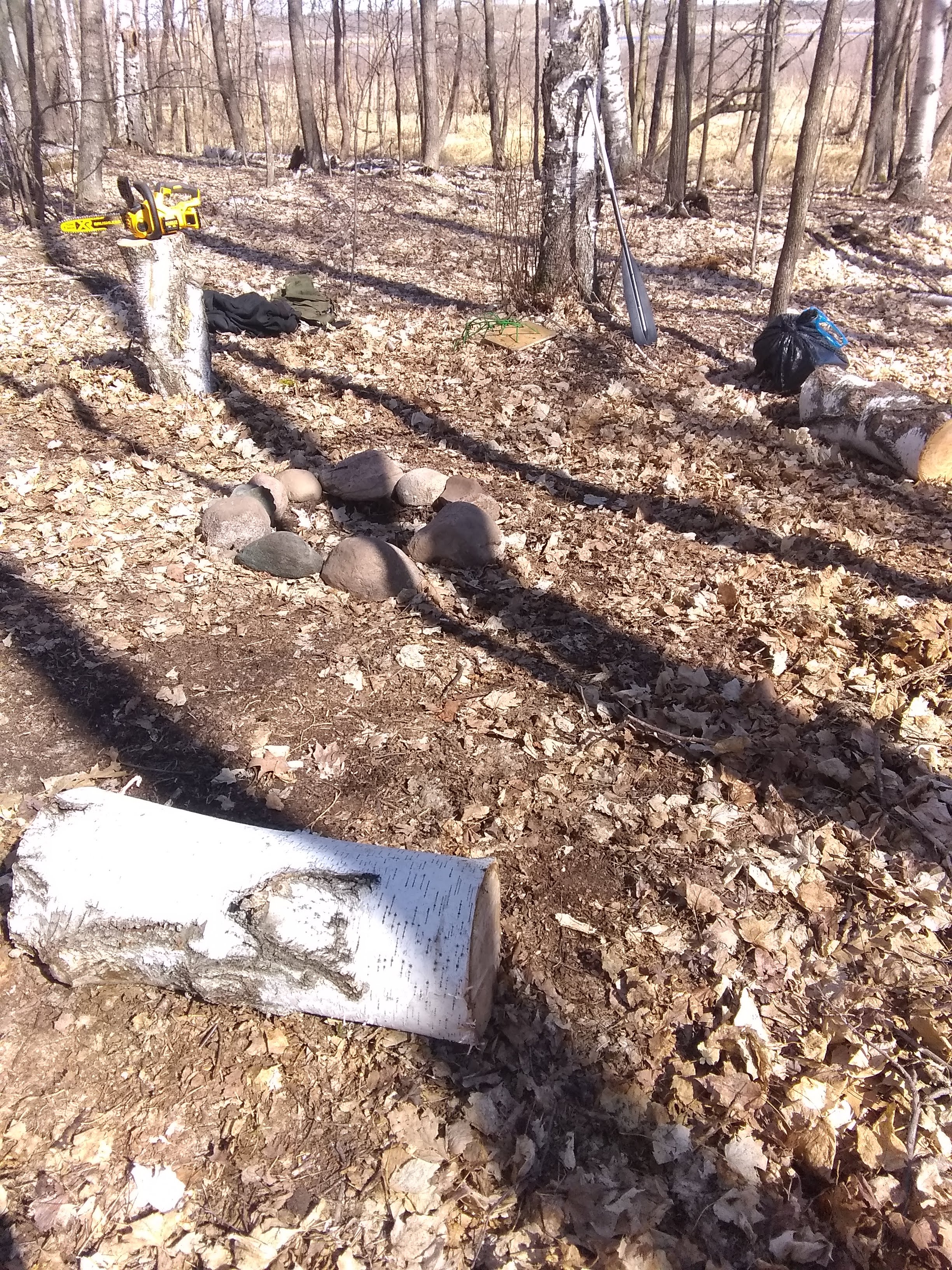
April 23th 2021
I went to the shack after work tonight. I woke up to a ground covered with snow. I didn't even know it snowed during the night. I always sleep with two windows open...even in the dead of winter. The snow did not stay on the ground long. It melted before I got a picture.
April 18th 2021
I went to Mitchell lake (not Miller) in Eden Prairie this afternoon. I am blessed to live where there are so many places to kayak within several miles. The lakes and landings are usually pretty quiet around here too.
April 17th Evening 2021
I use knives every day for work, outdoors, or hobbies. I have a bunch of them, but these
two are by far my favorites. The one on the left is the classic Buck 110. Like many knives,
this knife has a sabre ground edge. It has a wide bevel first and the cutting edge is a narrower
second angle. The knife on the right is my Gerber fixed blade Scandi cut. This blade uses
one wide bevel for its cutting edge.
I sharpen blades alot since I use knives so often and have so many. I thought I'd share my thoughts
on sharpening and why I use these methods. I will cover the Gerber and scandi grind first as my
method for these is less controversial. Only sharpen scandi cut knives with a stone. A major
advantage to this type of grind is how easy it is to keep the knife at the correct angle when
sharpening on a stone. I find them easy to put an edge on and maintain the factory angle.
Field sharpening is easy and requires nothing more than a stone. Scandi ground knives seem to
hold their edge better too.
Now on to sharpening sabre ground knives. I do it the wrong way and do not care. I use inexpensive
pull through knife sharpeners. The critics are correct. These almost always sharpen at the wrong
angle for the knife, they shorten the knife's ability to hold an edge, and in short they ruin the
the grind of the blade. Why do I use it on my good Buck 110 then?
1. The angle set by the pull through sharpener is still effective.
2. The edge holds long enough to get me through my job before the next sharpening is necessary.
3. The knife is sharp enough after several pulls through the sharpener (how sharp do you need it)
(The knife will cut paper in strips just fine)
4. It is very difficult to maintain the factory angle on a sabre cut knife using a conventional
stone any way. You just about have to use a sharpening method that sets and holds the knife angle.
5. Bottom line is this sharpening method will keep my sabre knives as sharp as I need them for as long as
I have the knives with less messing around compared with other methods.
Remeber Scandi cut knives should not be sharpened with pull through sharpeners. The factory bevel must
be followed and the sharpener will not reach the whole cutting edge. Even Scully uses a Buck 110.


April 17th 2021
Off to dayhike to the 40. I have included a video of the creek and lake that act as the headwaters for the pond on the 40. I have shown them before, but there are signs of spring life everywhere today. It is different every time I pass. I also show the fallen log that I use to take my mud pattens on and off every time I enter and leave the swamp. I have a short video of a garter snake I found in the swamp today.

April 16th 2021
Another beautiful evening at the shack. I built a fire tonight. I took a few pictues before I went to bed.

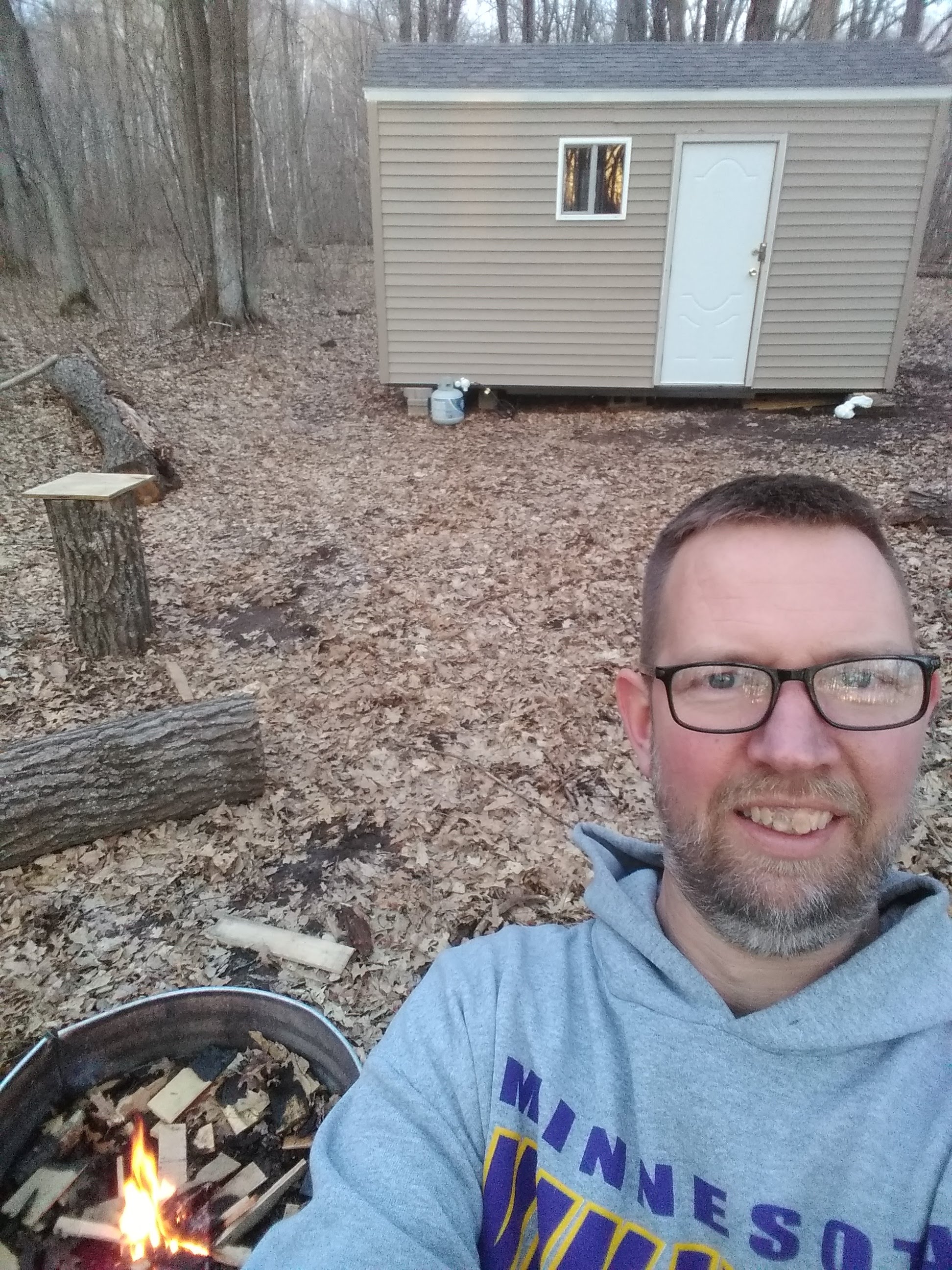
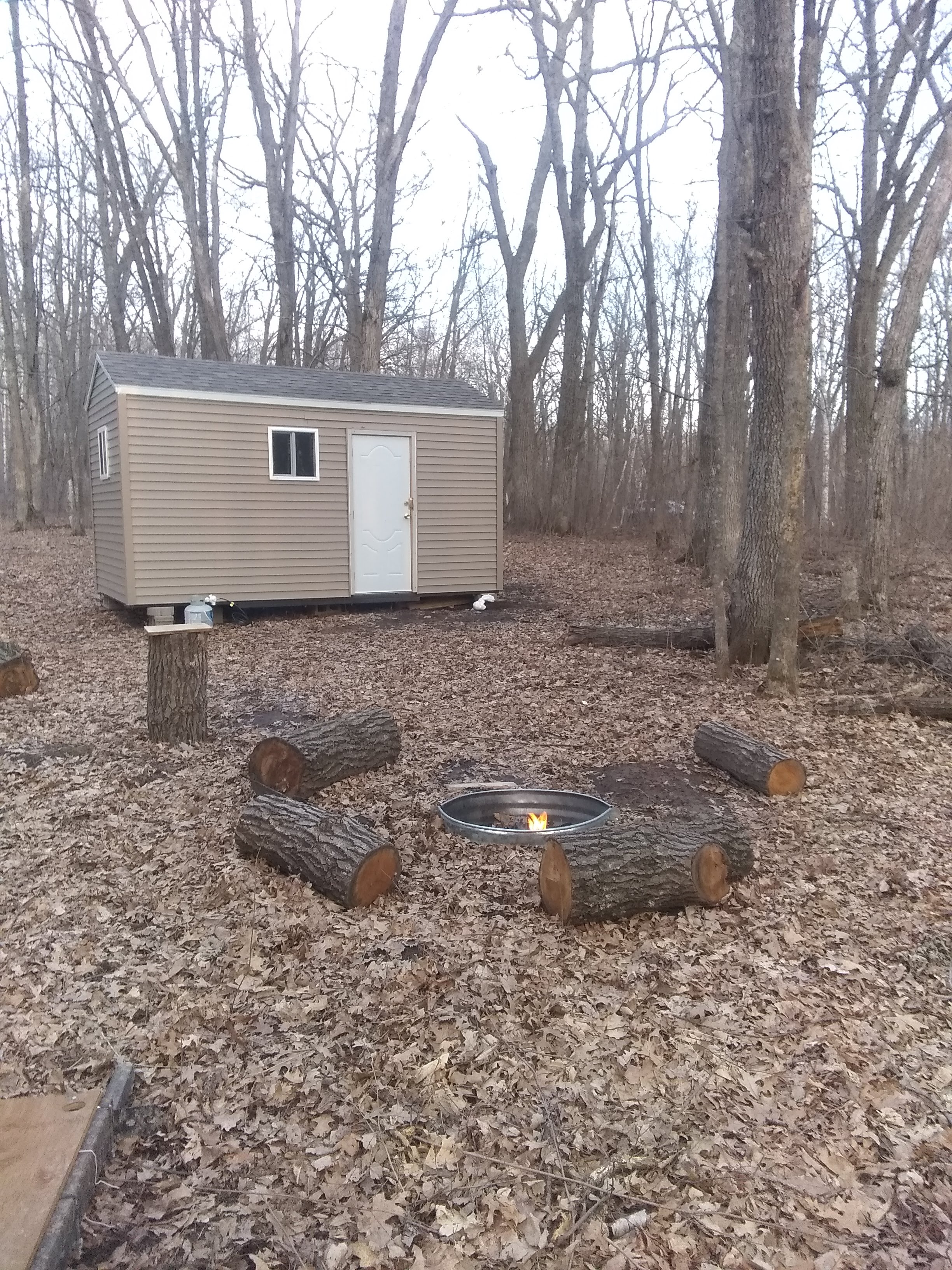
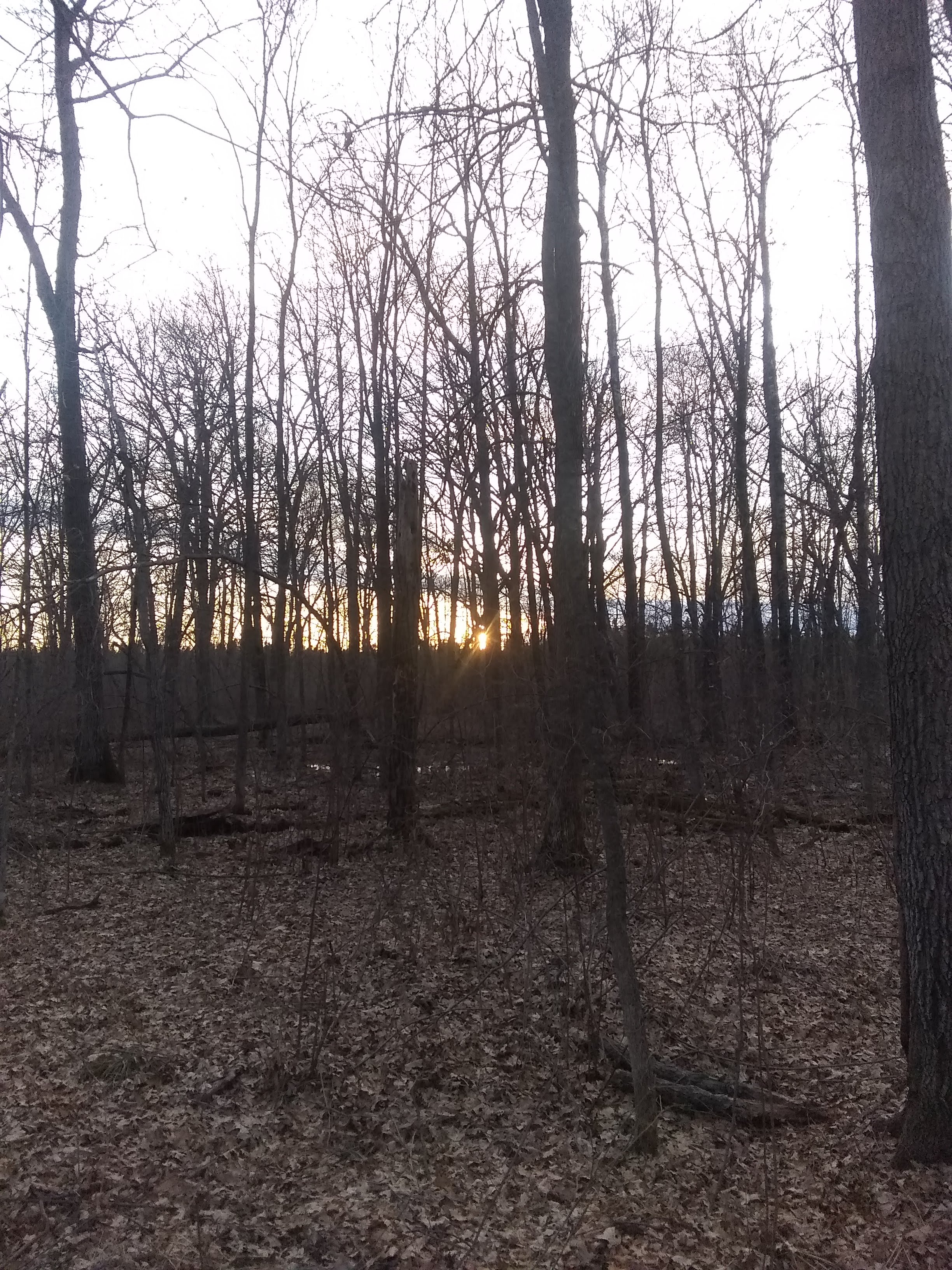
April 11th 2021
I thought I would do a few local hikes tonight. I hiked in the Anderson Lake Park Reserve. I went to the old WPA project overlook off of flying cloud drive in Eden Prairie. It's a crime that they let that beautiful structure get vandalized and destroyed over the years. I have a video of the view. I purposely do not show the structure. I hiked to the overlook for Riley Creek as well. I show a couple of pictures for that too. People are crazy for that spring water. They bring huge jugs to fill. There was a long line.

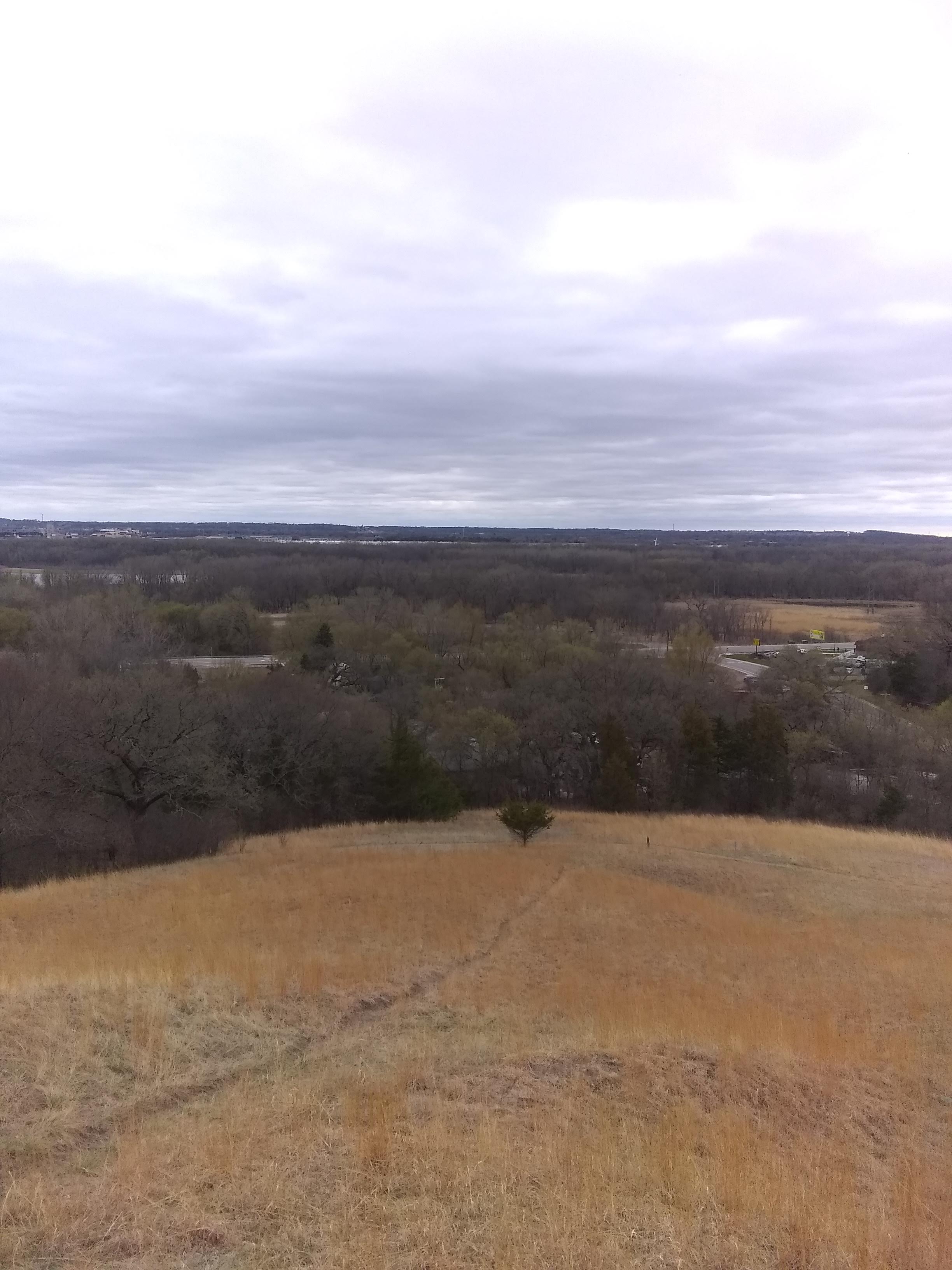
April 10th 2021
Ok, this was a busy day. The ice came off of Round lake this week and my goal was to get my
new (to me) 12 foot aluminum duck boat to the 40. The morining was cold and you can hear it in my
voice. I had a couple of really sketchy moments transitioning between what the dnr calls the aquatic bed
and the emergent wetlands. The emergent wetlands were actually a mat of very thick floating vegetation
that spread the whole length of shore and resembled solid ground at first glance. The fake ground blocked
the boat and kayak for about 30 to 40 feet from reaching more solid ground. I used my patten boards
on my muck boots to carefully walk the floating island and pull the boats. I have a deep respect for
swamps and bogs. They are so dangerous and you really have to use your head. I fell through the ice
at this very spot in the winter and now I know why. Trucks were driving on Mille Lacs that day, but the
water doesn't freeze well here under a foot of dirt and vegetation acting as insulation. I almost had
to cut myself out of the snow shoes to get out. It took a while and I was cold and wet. Only the one
leg went through and I kept my head. One day I will do a piece on crossing wetlands.
Back to the story. I put the small kayak inside the 12 foot boat. I paddled that way across round lake
to the 50 yard portage. At the portage I had trouble with the transition, but finally started making
my way across the unamed lake to my creek. I'm glad I did this now, because it will be tough when the
rice and cattail come up. I saw more ducks, geese, and trumpeter swans then I ever remeber seeing
at one time. This refuge holds so many birds. It's been years since I've seen something like
this and I'm pretty happy I get to see this. The video and pictures show the journey.
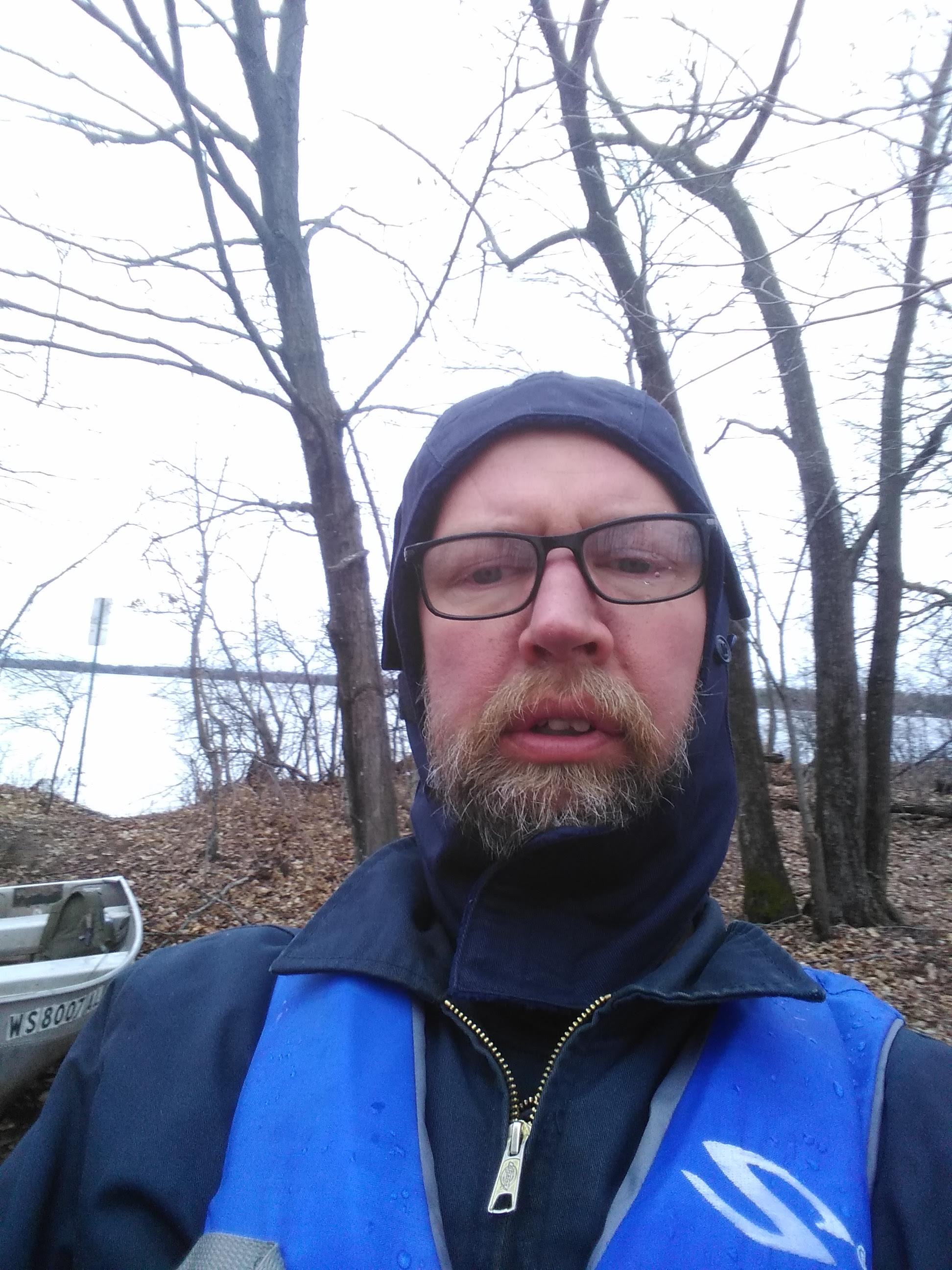
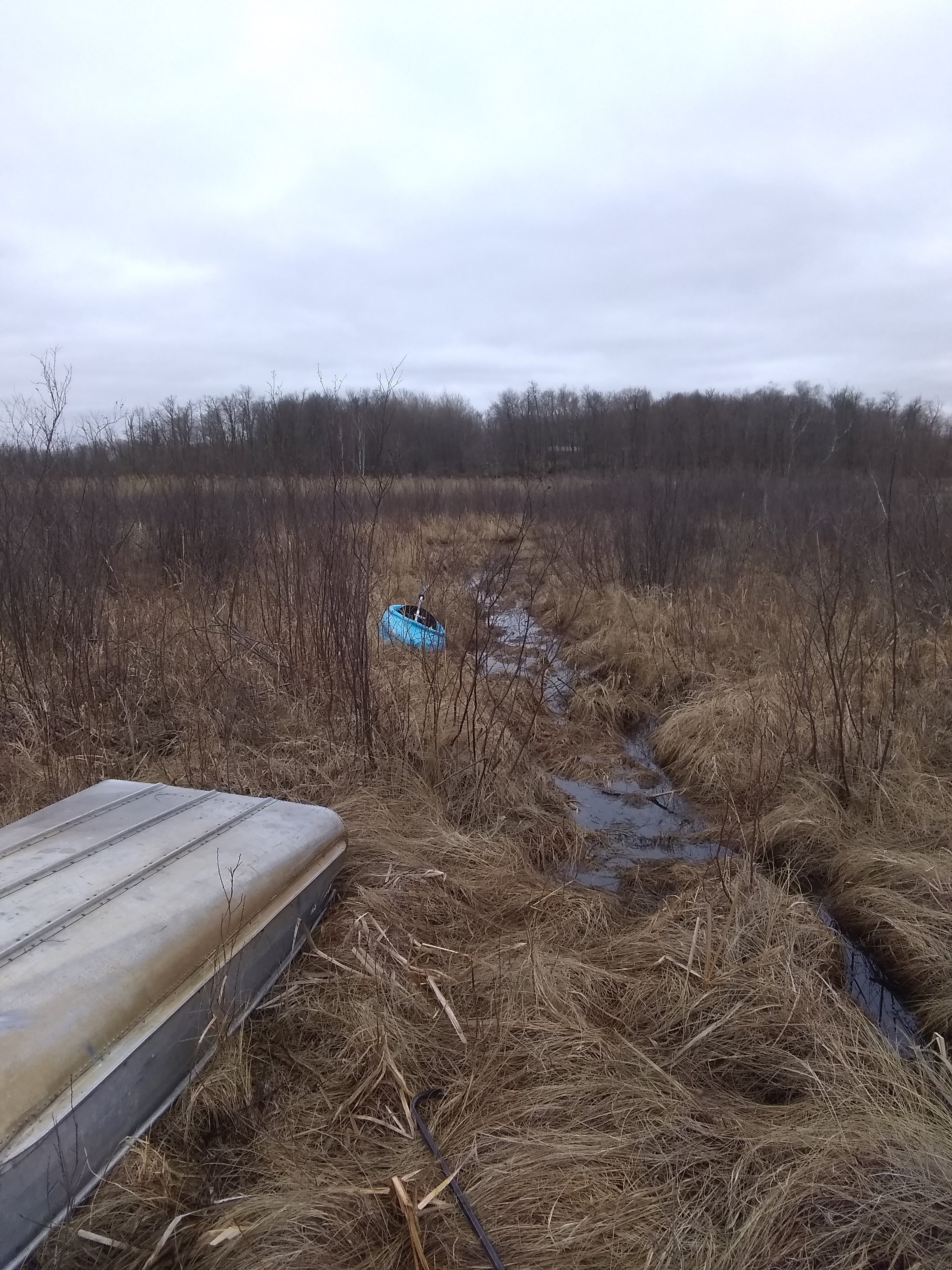
April 9th 2021
I went to the woods after work tonight. It is wet out here. I could barely get the deadbolt to open. The building shifted and I had to use bottle jacks to lift the corner and repostion the support blocks. The building is high and dry. It is on very high ground but it has rained up here alot. Both locks are smooth now until the next adjustment. I always carry a shovel, jacks, and an axe when I go up North. Prepared as a boy scout, you know.
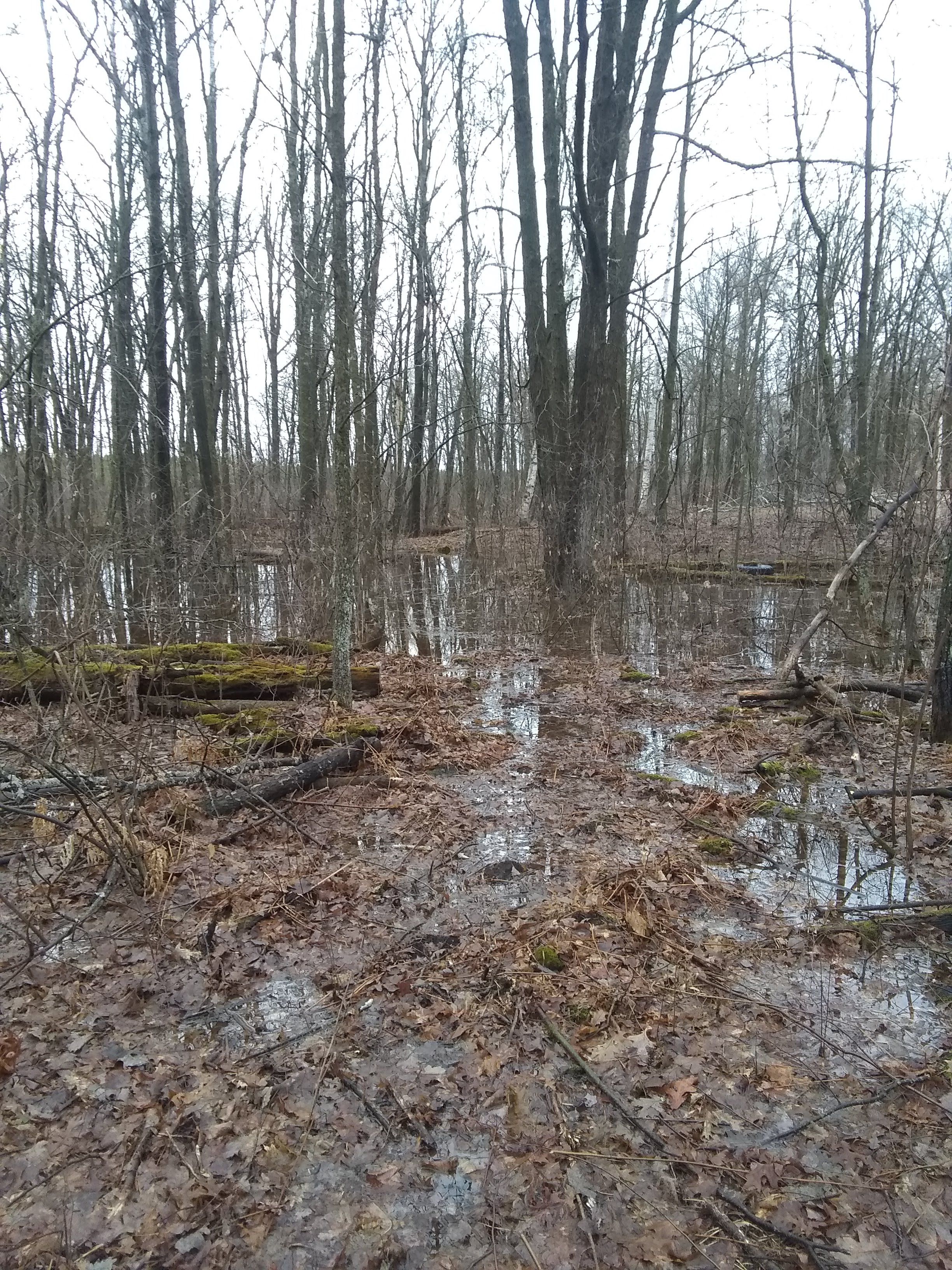


April 6th 2021
I bought an old 12 foot aluminum boat by Sears today. This will be my duck boat. I will keep it at the 40. It's super light and small. My plan is to get it out there on Saturday. It will be a bit of work. I have a portage and two public lakes to go over. The one unamed lake is overgrown with rice and weeds and will be interesting to cross. My property will probably be the easiest to cross.

April 4th 2021
The ice is off the lakes in the cities. I brought my Crowwing Kayak to Staring Lake for my first outing of the year. This kayak is way more stable than the one I keep at the shack. It was rock solid even though it was fairly windy today. The first picture shows a hitch loader I built to help get the kayak on the roof. The kayak is only 9.5 feet long but it is still a little awkward to load. One end of the kayak goes on the loader. You pick up the other end and set it on the roof rack. The bar pivots to allow you to walk the front of the kayak to the front of the car.
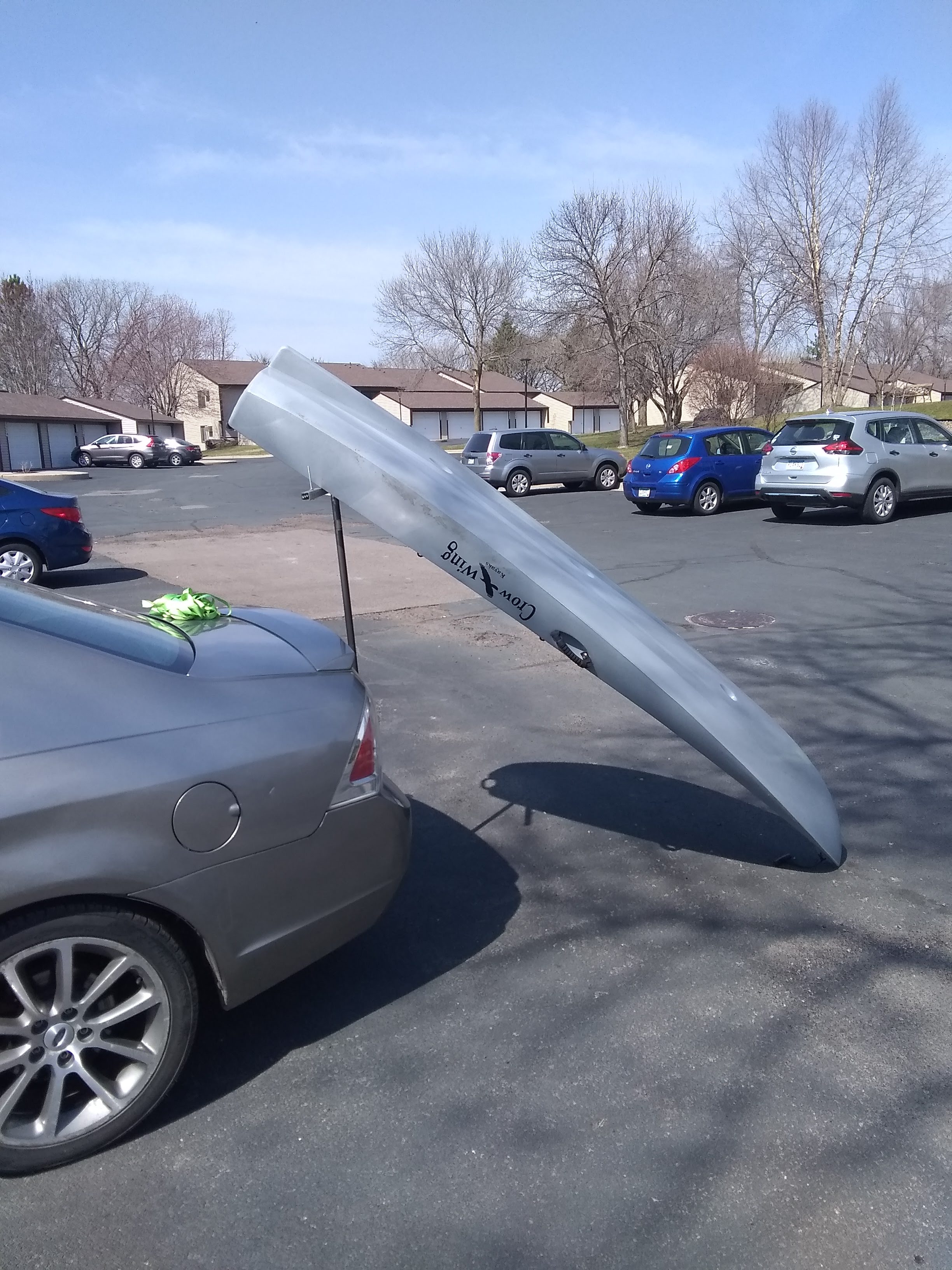
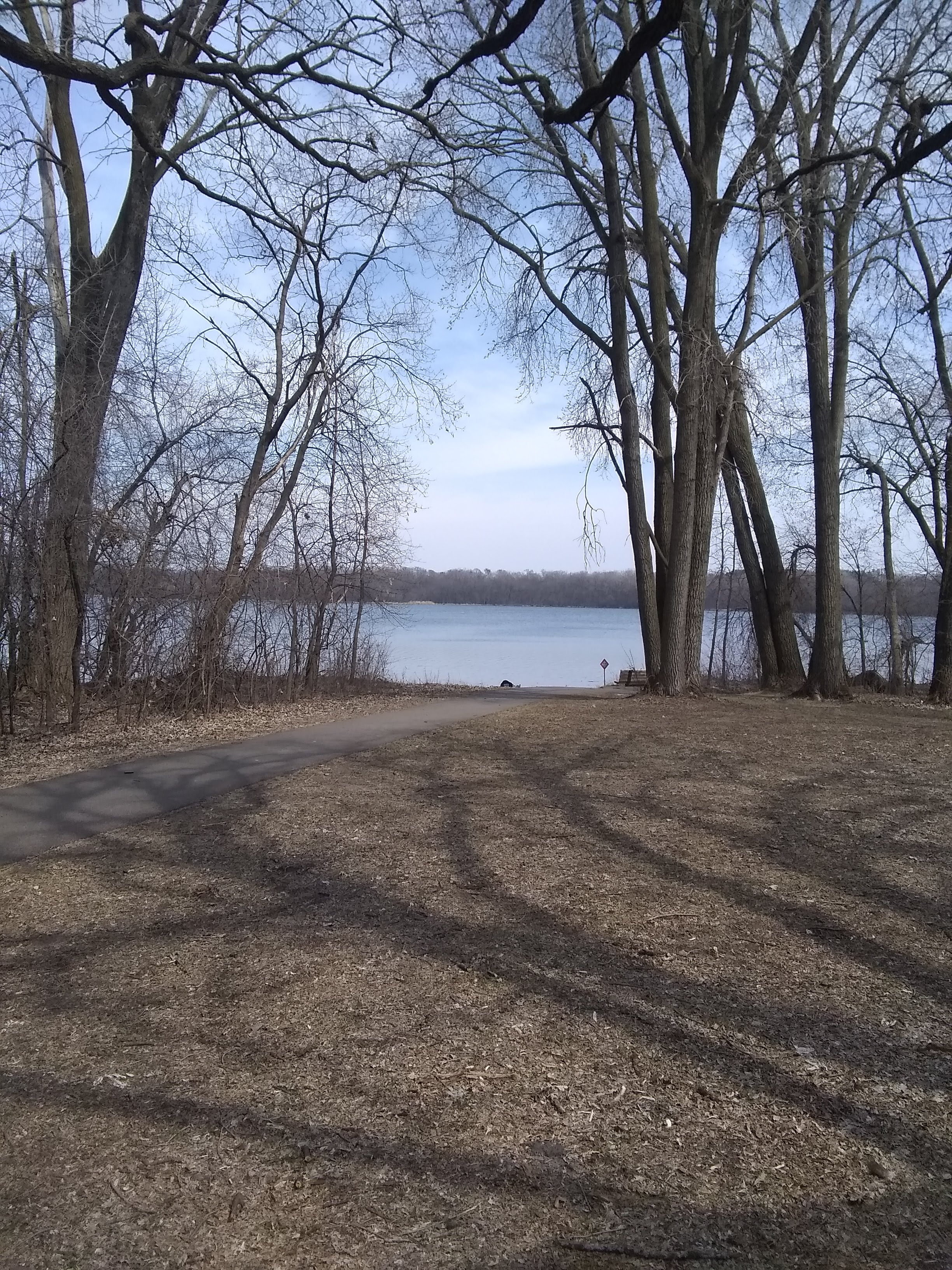
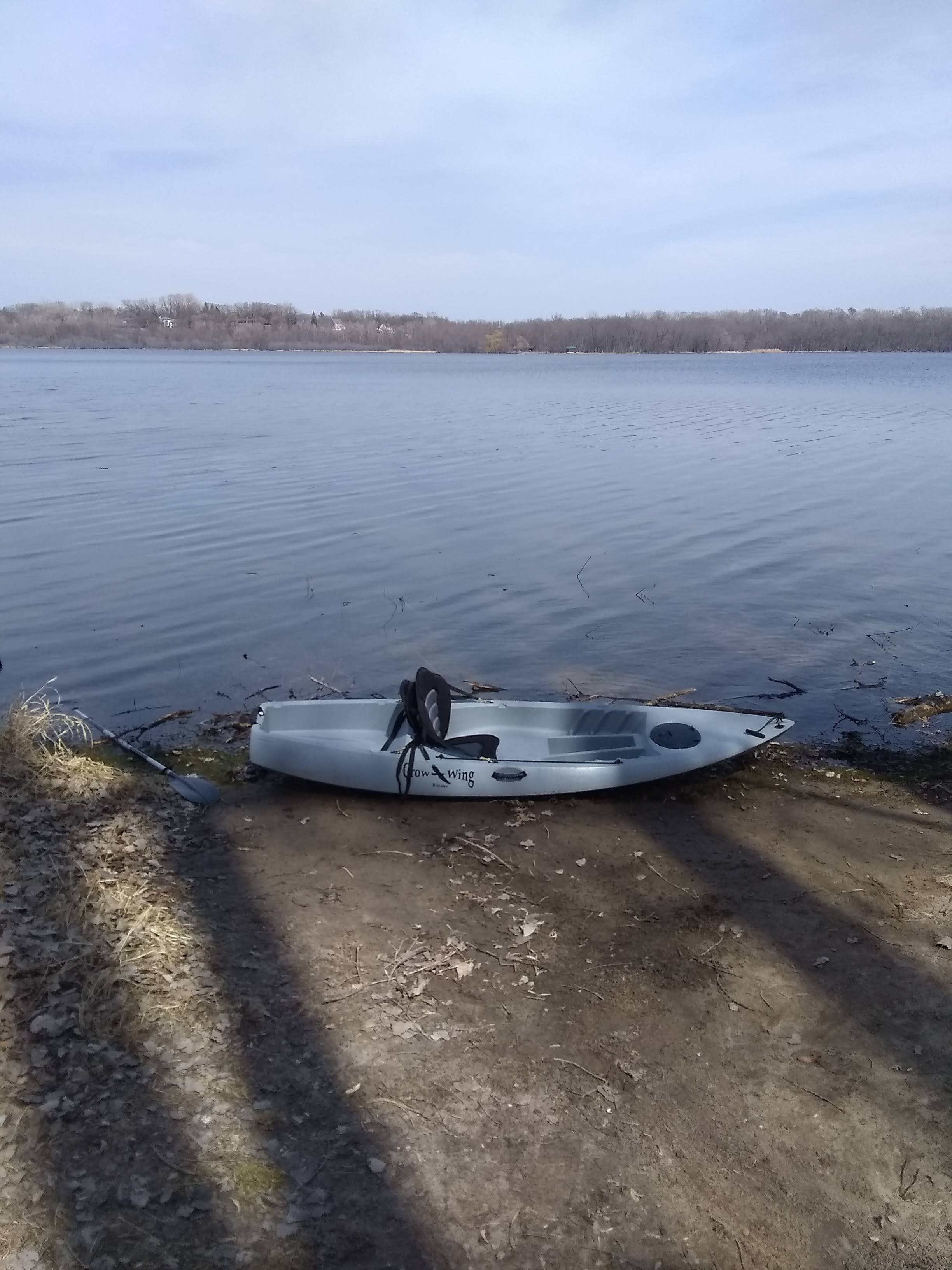
April 3rd 2021
My plan was to pick up my smaller kayak which I store on the land that the shack is on. I picked it up but had a change of plans. The ice is not off the lakes up north...so I decided to hike in instead. I have a video showing a large amount of ice passed the initial open water next to shore. Here is my smaller kayak on the new roof rack. I also have some daytime footage of the new rocket stove in action.

April 2nd 2021
It is an exceptionally beautiful evening in the woods tonight. I tested my new rocket stove design. I made this for about $7.50. It is 3 inch exhaust pipe. They burn super efficiently. Processing firewood does not require any tools as the main fuel is no bigger than sticks, twigs, and bark (nothing else fits). It lights faster than a pit fire as the fuel is smaller and the updraft draws air through the side port over the fuel. This air movement allows the fire to burn fast and efficiently. It also cools and runs its course quickly when you stop feeding it. This makes it safer and more convenient for extinquishing and moving on. A normal pit fire produces more sparks that concern me during dry times like today.
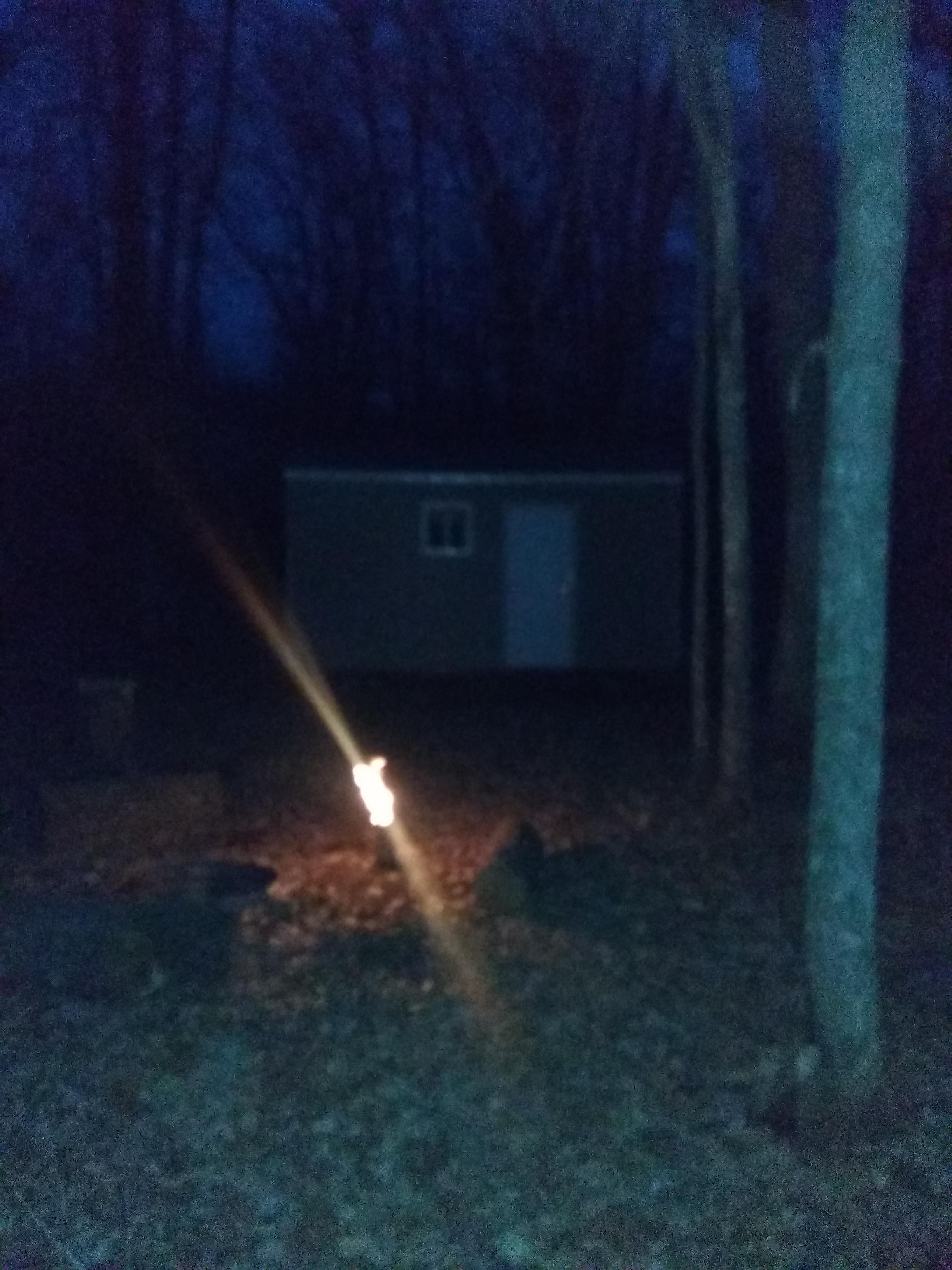
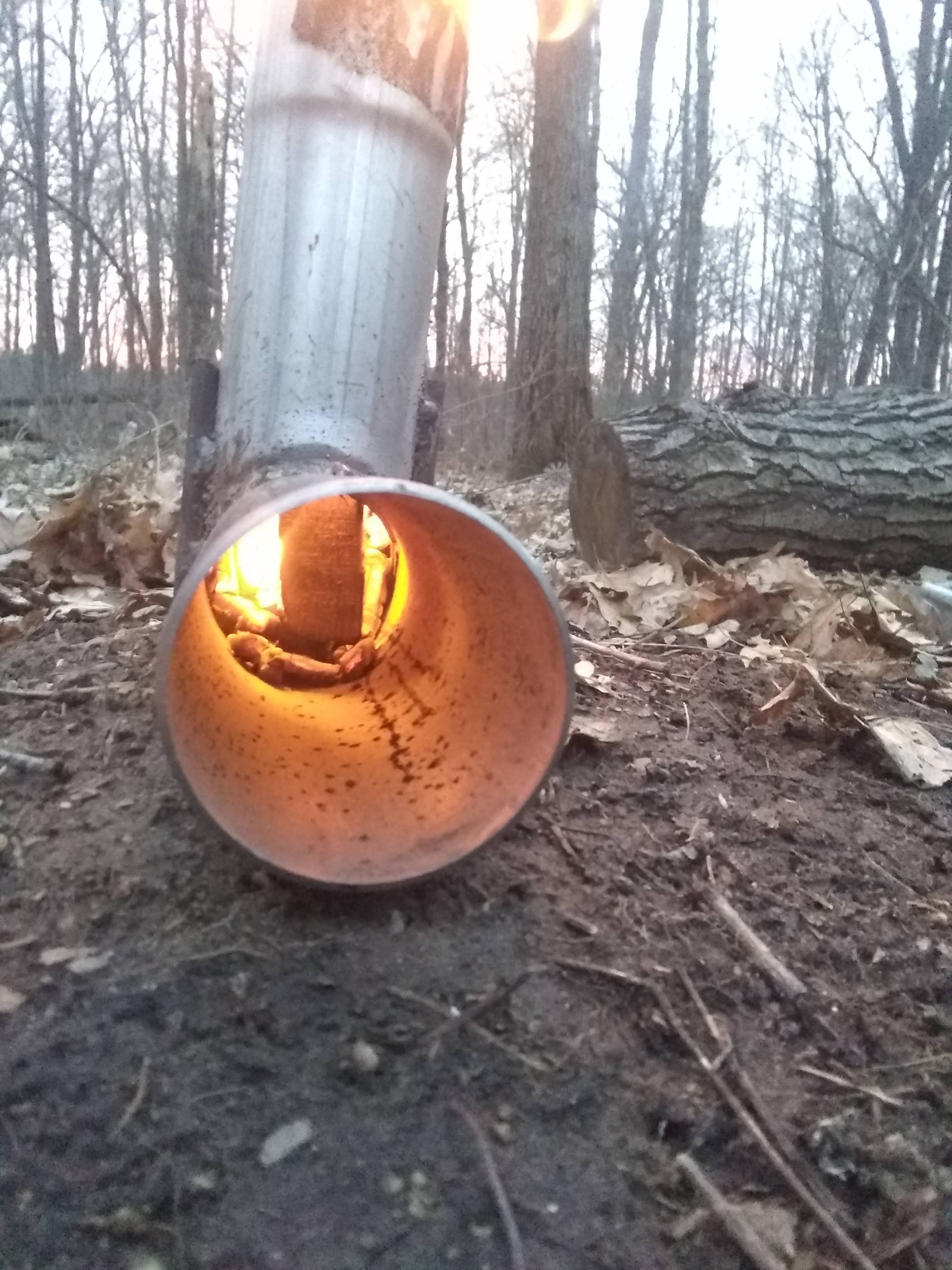
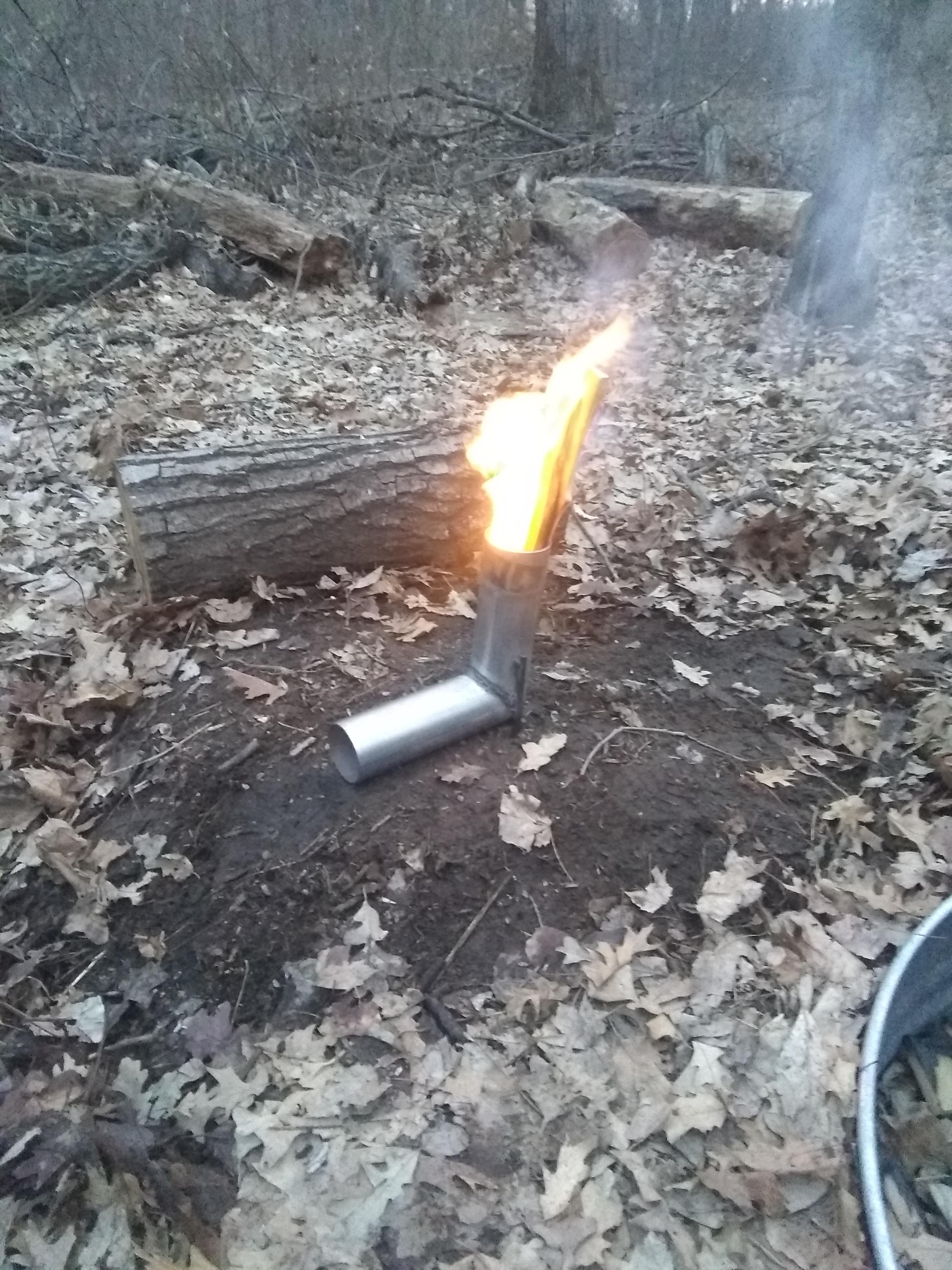
Land Map
DNR Map